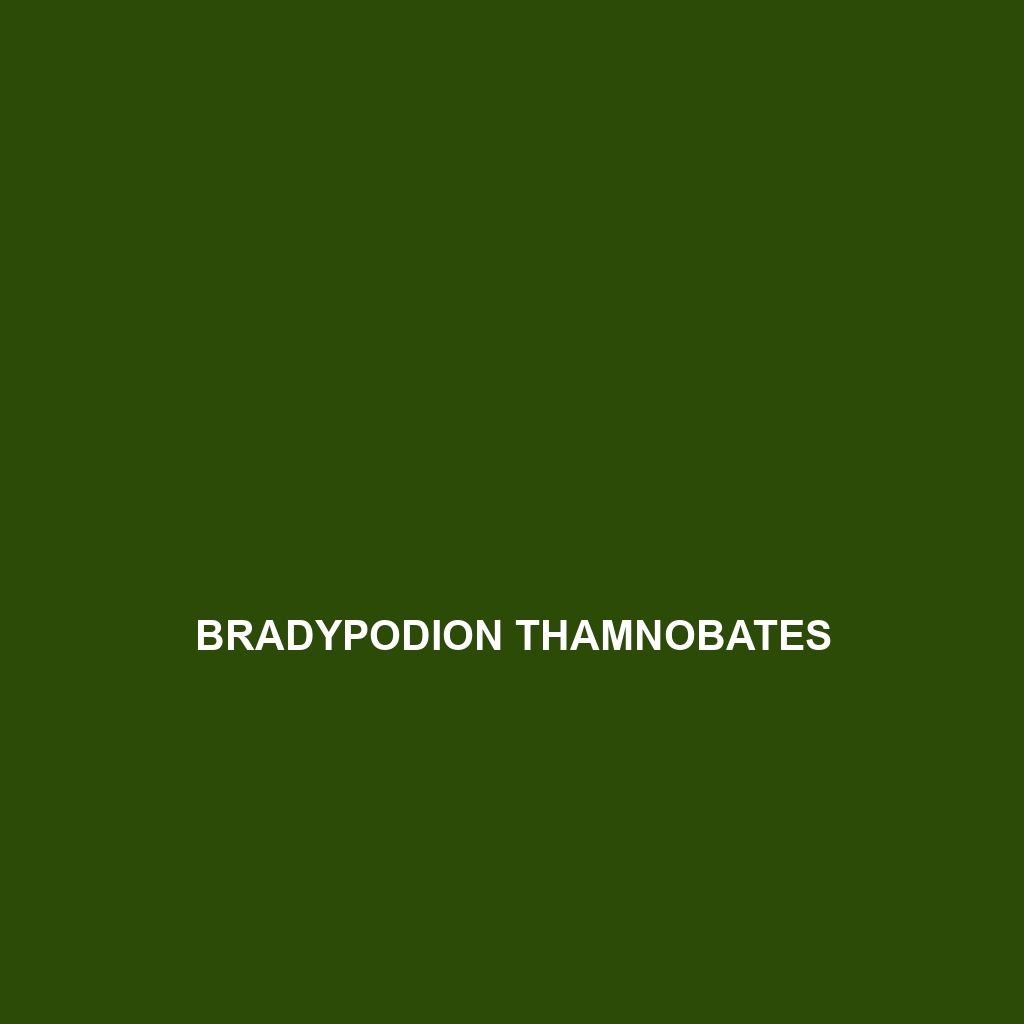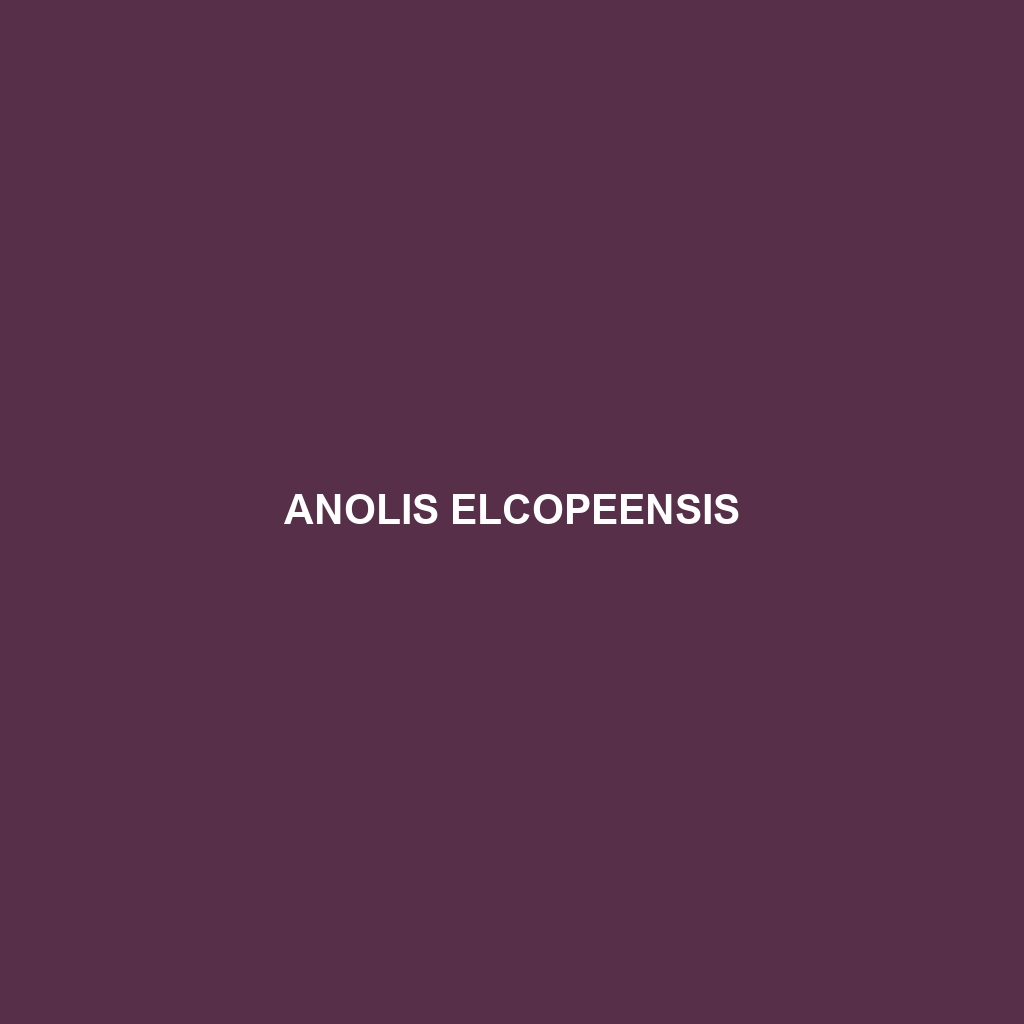Discover the Senegalese skink (Cophoscincopus senegalensis), a small to medium-sized lizard native to West Africa, known for its vibrant brown and green coloration, elongated tail, and diurnal behavior. This insectivorous species plays a crucial role in controlling insect populations within moist savannas and grasslands, making it a fascinating addition to any reptile enthusiast's collection.
Tag: reptile habitat loss
Coleonyx switaki
Discover the Coleonyx switaki, a medium-sized, nocturnal lizard native to the arid regions of the southwestern United States and northern Mexico, characterized by its light brown to tan coloration and unique burrowing behavior. This species plays a vital role in its ecosystem, controlling insect populations and aerating the soil while thriving in desert habitats.
Cnemaspis schalleri
Cnemaspis schalleri, or Schaller's Rock Gecko, is a nocturnal lizard native to the humid tropical forests of Myanmar, characterized by its distinctive brown to gray coloration and agile climbing abilities. This vulnerable species plays a crucial role in controlling insect populations and serves as both predator and prey within its ecosystem.
Carlia peronii
Discover the captivating Carlia peronii, or Peron's skink, a slender, colorful lizard measuring 10 to 15 cm, thriving in eastern Australia's eucalypt woodlands and grasslands. Known for its rapid movements and insectivorous diet, this adaptable skink plays a crucial role in controlling insect populations while exhibiting fascinating behaviors such as tail regeneration.
Calamaria borneensis
Discover Calamaria borneensis, a slender, non-venomous snake native to the rainforests of Borneo and Sumatra, known for its burrowing behavior and diet of soft-bodied invertebrates. Currently classified as "Vulnerable," this unique species plays a crucial role in its ecosystem by regulating invertebrate populations.
Bungarus walli
<h2>Product </h2> <p>Discover the Bungarus walli, or Wall's krait, a striking black and yellow snake native to Southeast Asia, known for its nocturnal behavior and diverse diet of small mammals and lizards. This vulnerable species plays a vital role in its ecosystem while showcasing impressive agility and distinctive coloration.</p>
Brookesia confidens
Discover the fascinating Brookesia confidens, one of the world's smallest chameleons, native to the lush forests of Madagascar. With its remarkable camouflage, this arboreal species measures just 3-4 inches, primarily feeding on small insects while playing a vital role in its ecosystem.
Bradypodion taeniabronchum
Discover the Bradypodion taeniabronchum, or striped dwarf chameleon, a vulnerable species native to the temperate forests of South Africa, known for its striking vertical stripes, arboreal lifestyle, and diet of insects. With remarkable camouflage and unique vocalizations, this chameleon plays a vital role in its ecosystem by controlling insect populations while serving as prey for larger predators.
Anolis occultus
Anolis occultus, a small and vibrant lizard native to the tropical rainforests of Central America, is known for its diurnal behavior, agile climbing abilities, and unique color-changing skill. This species plays a crucial role in its ecosystem as a predator of insects and as a food source for various birds and larger reptiles.
Anolis elcopeensis
Discover the vibrant Anolis elcopeensis, a small to medium-sized lizard native to the rainforests of Central America, characterized by its green coloration, unique dewlap displays, and insectivorous diet. This vulnerable species thrives in humid habitats, playing a vital role in its ecosystem as both predator and prey.









